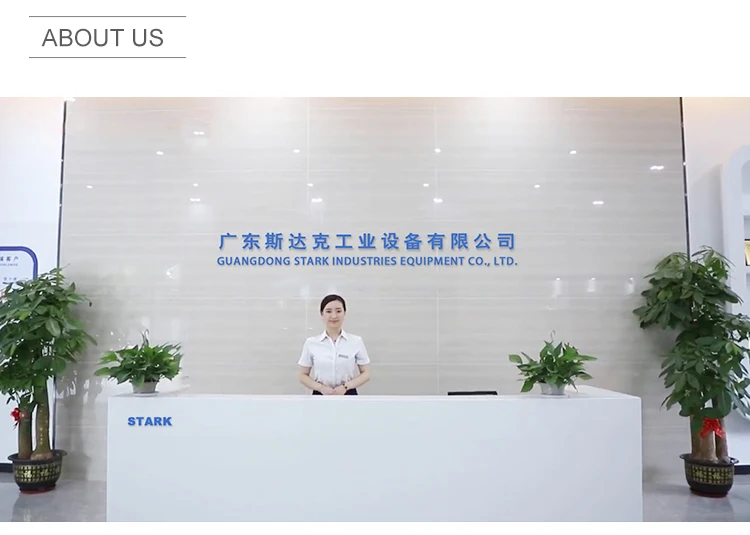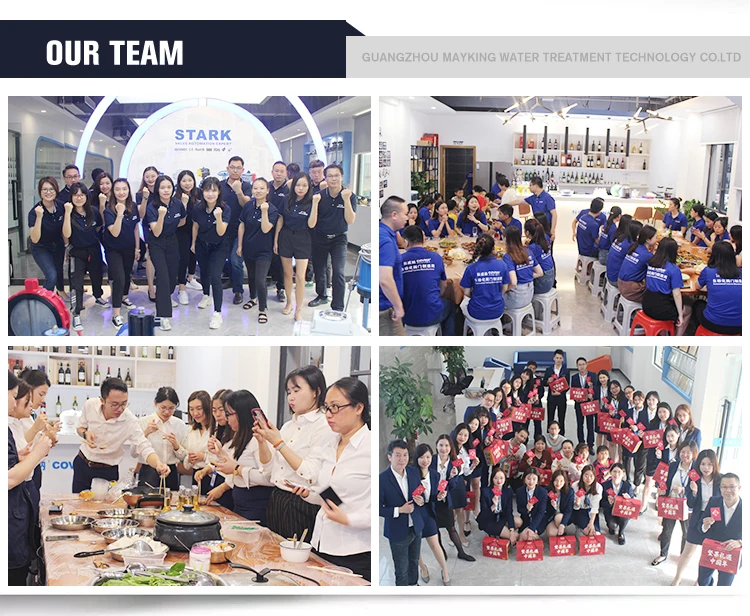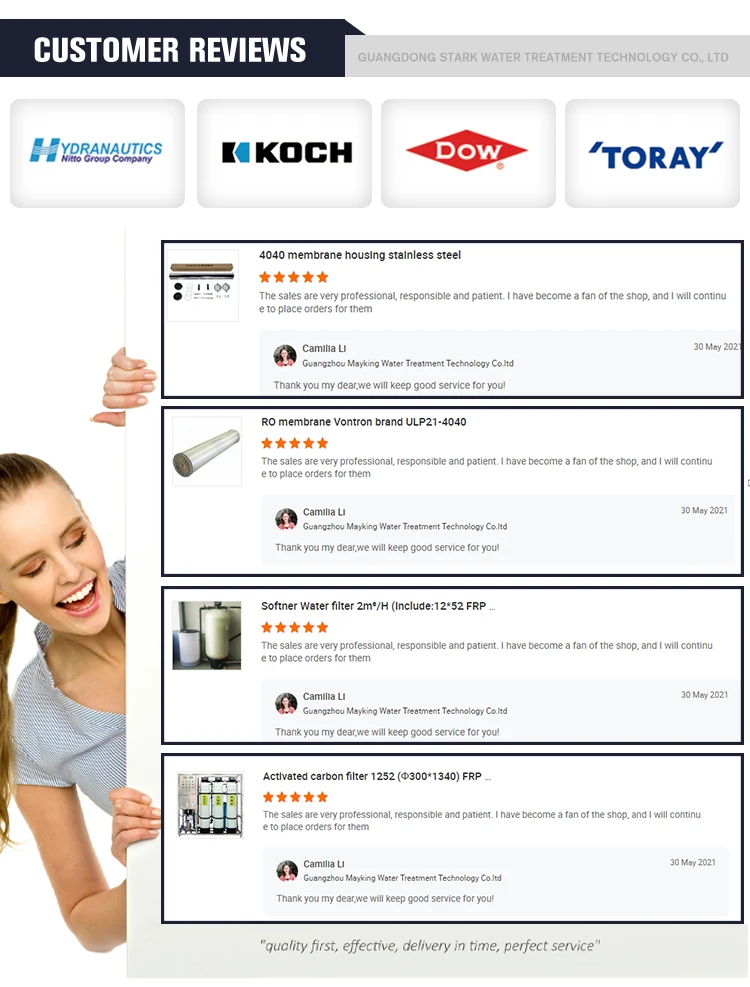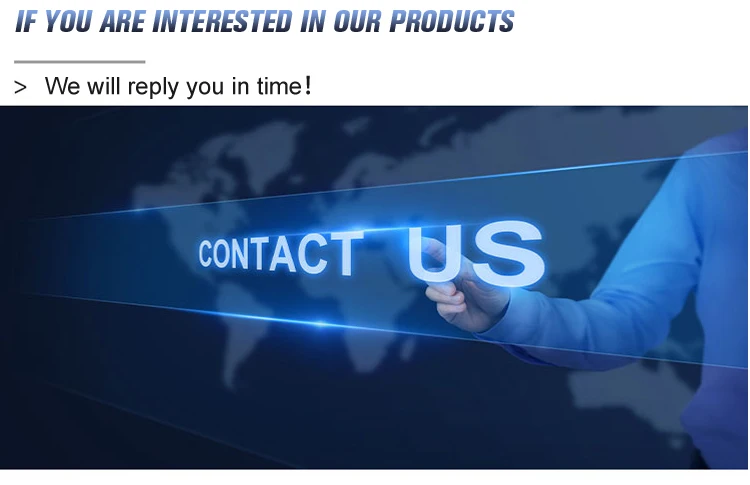Chemical Sewage Water Treatment Plant
Reverse osmosis suitable equipment can block all soluble salts and organic substances with a molecular weight greater than 100, but allow water molecules to pass through. The salt rejection rate of reverse osmosis composite membranes isgenerally greater than 98%, They are widely used in the preparation of industrial pure water and electronic ultra-pure water for drinking. In the process of pure water production and boiler feed water, the use of reverse purification equipment before ion exchange can greatly reduce the discharge of operating water and wastewater.
Working principle: Chemical Water Treatment Plant
Reverse osmosis technology sewage water treatment plant sewage water treatment plant
With the report of raw water analysis and the different requirements in different field, we can make a appropriate design for you.
1) Adopts RO membrane from VONTRON, which can remove 99.7% inorganic salt, heavy metal ion and completely get rid of colloid, microbiology organic materials, germ, protozoa, pathogens, bacteria, inorganic chemical and so on.
2) No need to add any chemicals, stable pure water quality, and no pollution drained, low produce cost.
3) Equipped with pretreatment system, such as active carbon absorption filter and refined quartz sand filter
4) 304 stainless steel rack and pipe accessories connection.
5) Equipped with auto pressure protection system and on -line monitor.
6) Automatically and manually wash RO membrane. Also the design of washing the RO membrane is by chemical solution (citric acid or sodium hydroxide optional)
7) The lifespan of the whole system is long, operation simple, the applicability is strong.
| Productivity(T/H) |
Motor power(KW) |
Recovery rate(%) |
Outlet water conductivity(uS/CM) |
Raw water conductivity(u S/CM) |
| 0.5 |
1.5 |
50 |
≤10 |
≤300 |
| 1 |
2.2 |
50 |
≤10 |
≤300 |
| 2 |
3 |
50-60 |
≤10 |
≤300 |
| 3 |
4.5 |
55-65 |
≤10 |
≤300 |
| 4 |
6.5 |
55-65 |
≤10 |
≤300 |
| 5 |
8 |
60-70 |
≤10 |
≤300 |
| 10 |
18 |
60-70 |
≤10 |
≤300 |
| 20 |
30 |
65-75 |
≤10 |
≤300 |
| 30 |
40 |
70-75 |
≤10 |
≤300 |
| 50 |
70 |
70-75 |
≤10 |
≤300 |
| 100 |
115 |
70-75 |
≤10 |
≤300 |
| 200 |
230 |
70-75 |
≤10 |
≤300 |
.jpg?imageView2/1/format/webp)

 Guangdong Stark Water Treatment Technology Co., Ltd. is a company that focuses on water treatment plant and is committed to the research and development, production, sales and after-sales service of environmentally friendly water purification industrial products. The main production and operation of water treatment plant: reverse osmosis system, ultrafiltration system, EDI desalination system, sea water desalination plant, brackish water desalination plant. Products are widely used in electronics, electroplating, power plants, medicine, petroleum, chemical, food and beverage, printing and dyeing industries. Stark strives to be the forefront explorer of water treatment equipment at home and abroad!
Guangdong Stark Water Treatment Technology Co., Ltd. is a company that focuses on water treatment plant and is committed to the research and development, production, sales and after-sales service of environmentally friendly water purification industrial products. The main production and operation of water treatment plant: reverse osmosis system, ultrafiltration system, EDI desalination system, sea water desalination plant, brackish water desalination plant. Products are widely used in electronics, electroplating, power plants, medicine, petroleum, chemical, food and beverage, printing and dyeing industries. Stark strives to be the forefront explorer of water treatment equipment at home and abroad!



FAQ
1.Are you manufacturer or trading company ?
Yes, we are manufacturer. Our factory is in Guangzhou Baiyun and it is very near to Baiyun airport.
When you come to China, you can visit our factory.
2.What do I know before buying reverse osmosis water plant ?
1. Pure Water Production Capacity (L/day, L/Hour, GPD).
2. Feed Water TDS and Raw Water Analysis Report (prevent fouling and scalling problem)
3. Iron and Manganese must be removed before raw water enter reverse osmosis water filtration membrane
4. TSS (Total Suspended Solid) must remove before industrial water purification system’s membrane.
5. SDI (Silt Density Index) must be less than 3
6. Must be sure your water source does not have oil and grease
7. Chlorine must be removed before industrial water treatment system
8. Available electrical power voltage and phase
9. Layout of place for industrial RO reverse osmosis system
3.What does TDS mean ?
First, we see the full description of abbreviation. T means total, D means Dissolved and S means Solids. Total Dissolved Solids. Why it is important for us ?
World Health Organization (WHO) Guidelines for Drinking Water Quality The palatability of water with a total dissolved solids (TDS) level of less than about 600 mg/l is generally considered to be good; drinking-water becomes significantly and increasingly unpalatable at TDS levels greater than about 1000 mg/l.
The presence of high levels of TDS may also be objectionable to consumers, owing to excessive scaling in water pipes, heaters, boilers and household appliances
4.What is the difference between UF and RO membrane ?
Reverse osmosis and ultrafiltration, commonly referred to as RO and UF, use membrane technology. The reverse osmosis system uses a semipermeable membrane that separates 99.99% of inorganic dissolved material from the water molecule. The ultrafiltration system uses a hollow fibre membrane to stop solid debris and microscopic contaminants. UF is a mechanical filter, but it can filter water down to the superfine level of 0.01 micron, hence the name ultrafiltration. Ultrafiltration is a filter system, while reverse osmosis is a process where molecules are separated.



.jpg?imageView2/1/format/webp)







